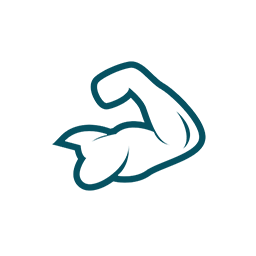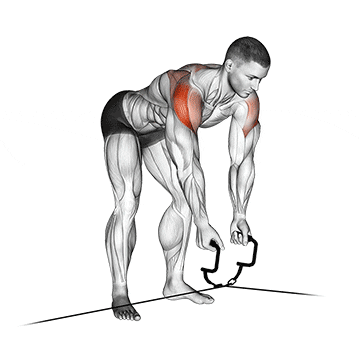The Cable Cross-Over Reverse Fly exercise is a variation of the traditional reverse fly that targets the rear delts, upper back, and trapezius muscles. This exercise involves using a cable machine to perform the movement, which provides constant tension throughout the range of motion.
How to perform
Here are step-by-step instructions for performing the Cable Cross-Over Reverse Fly:1. Start by setting up a cable machine with two handles attached to the upper pulleys on each side. Adjust the handles to a height that is slightly above shoulder height.
2. Stand in the middle of the cable machine with your feet hip-width apart and a slight bend in your knees.
3. Grab the handles with an overhand grip and step forward to create tension in the cables. Your arms should be extended out in front of you at shoulder height.
4. Engage your core and retract your shoulder blades as you pull the handles out to the sides in a reverse fly motion. Focus on squeezing your shoulder blades together and keeping your elbows slightly bent throughout the movement.
5. Slowly return the handles to the starting position, maintaining control and keeping tension in the cables.
6. Repeat for the desired number of reps.
It's important to use a weight that is challenging but allows you to maintain proper form throughout the exercise. Start with a lighter weight to ensure you are performing the movement correctly before increasing the resistance. Additionally, be sure to avoid swinging or using momentum to complete the exercise, as this can put strain on your shoulders and decrease the effectiveness of the exercise.
Equipment required
Cable
Cable equipment consists of adjustable pulleys attached to weight stacks that allow for resistance training. This equipment is commonly used for strength training exercises that target various muscle groups in the body, such as chest, back, arms, and legs. Cable equipment provides a versatile and functional way to perform exercises that mimic real-life movements, improving muscle endurance, stability, and coordination.


